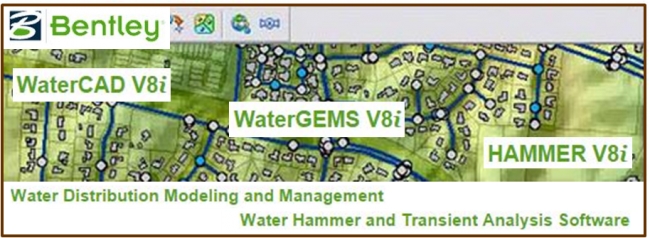

Vector features (geographic objects with vector geometry) are versatile and frequently used geographic data types, well suited for representing features with discrete boundaries, such as streets, states, and parcels. You can learn more about adding such advanced behaviors to your geodatabases in Extending feature classes.

In these cases, you can extend these basic feature classes by adding a number of advanced geodatabase elements, such as topologies, network datasets, terrains, and address locators. Most parcel users want to maintain the integrity of shared feature boundaries in their datasets using a topology.Īs mentioned earlier, users often need to model such spatial relationships and behaviors in their geographic datasets. Also, note how adjacent parcels share common boundaries. For example, the sewer lines and manhole locations make up a storm sewer network, a system with which you can model runoff and flows. In this diagram, you might also have noted the potential requirement to model some advanced feature properties.

In the illustration below, these are used to represent four datasets for the same area: (1) manhole cover locations as points, (2) sewer lines, (3) parcel polygons, and (4) street name annotation. The four most commonly used feature classes are points, lines, polygons, and annotation (the geodatabase name for map text).


 0 kommentar(er)
0 kommentar(er)
